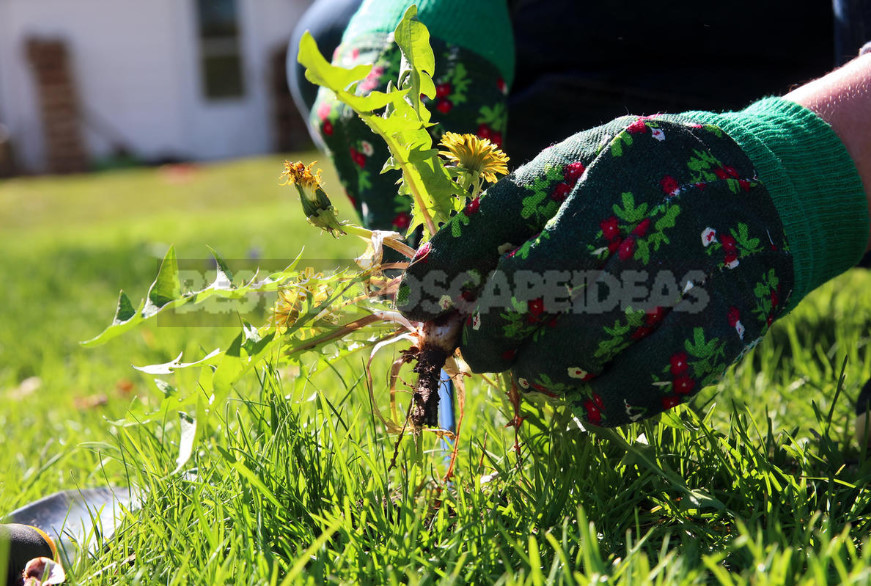
Weeds that are dangerous to humans
However, there are species that are dangerous not only for garden crops, but also for humans. A variety of prickly plants, such as Carduus and Onopordum, can pierce the skin quite deeply. However, their appearance is so frightening that even a novice gardener will take care of himself and go to fight with them in gloves and tight clothes.
But Ambrosia artemisiifolia, widespread in the black earth regions and gradually going further North, despite the beautiful name and openwork foliage – one of the strongest allergenic plants. It’s a dangerous quarantine weed.
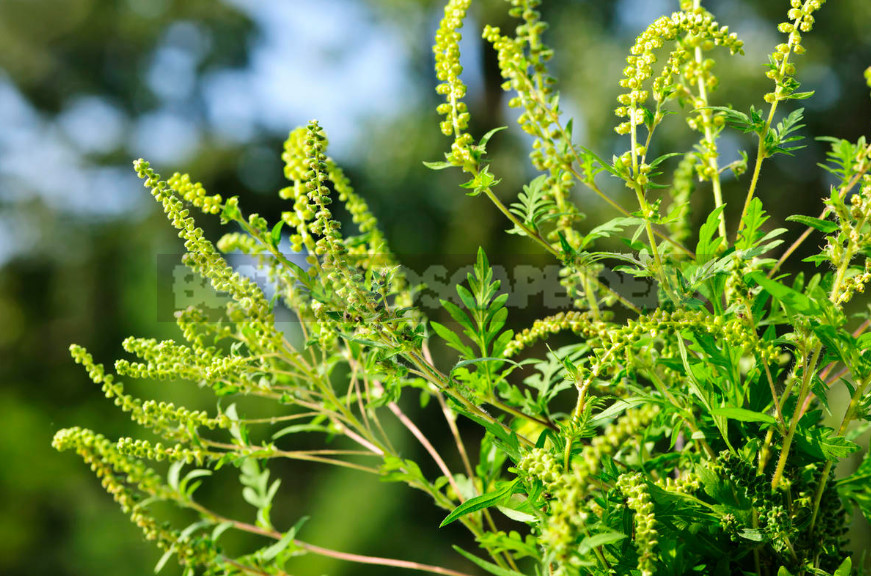
Heracleum sosnowskyi, once imported from the Caucasus as a promising plant for the production of silage, first turned out to be a disappointment for farmers, and then – a headache for everyone.
It is well known that the juice and volatile substances released by this species leave burns on the skin. Sunlight causes changes in the chemical formula of the substance, so on a clear hot day the damage is stronger than at dusk. But in any case, the onslaught of cow parsnip need to resist in full service, and chemical protection suit – a necessity if the area is large.
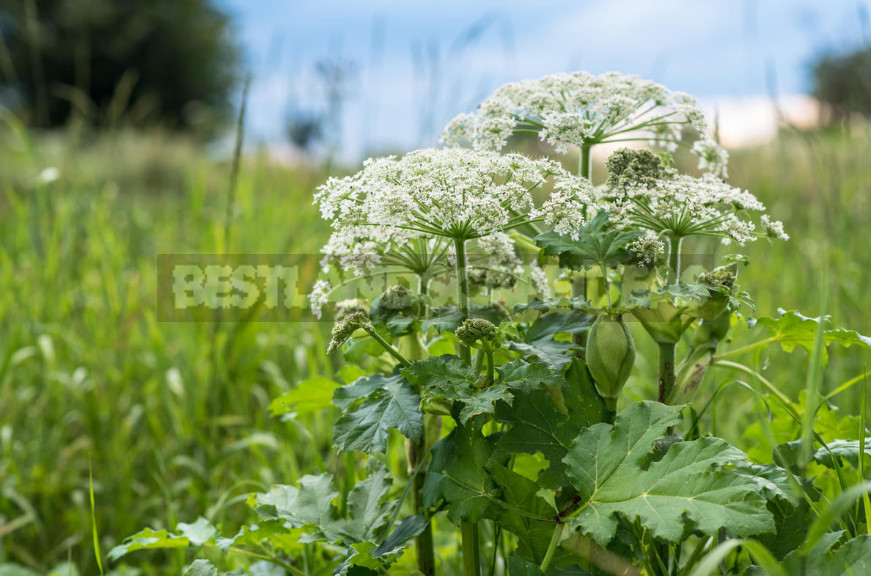
Heracleum sosnowskyi grows up to 4 m and has a huge seed production. Regular mowing weakens it, but does not destroy it at all. To defeat this weed mechanically and at once, but only if you cut the shoots with a shovel or hoe. The trouble is that the leaves of the youngest plants have a different shape, and you need to have a very trained eye to notice the danger “in its infancy.” As a rule, the struggle begins when the plant has already gained strength and become recognizable.
Mechanical weeding
So, how best to deal with weeds? The traditional method is manual weeding, when all unnecessary plants are methodically removed. This is a real nightmare of many gardeners!

Facilitate processing, especially aisles, various hand tools: traditional choppers and more modern analogues. Sharply sharpened blade plants pruned at ground level. Annual weeds, devoid of connection with the roots, dry up and die – on a hot day for a few hours. Perennial, devoid of leaves, significantly weaken – they need time and effort to grow new foliage. And with the help of root removers you can completely dig in one motion taproot plants such as dandelions and some sorrel.
In the villages after harvest and early spring, before sowing, in the gardens produce poultry, which gladly pecks seeds and young plants. And chickens besides, loosened and dug over the beds in search of protein foods – worms and insects.

Mulching is an excellent agricultural technique that kills several birds with one stone. The soil under the mulch retains the structure and moisture, creates a more favorable environment for soil organisms, including earthworms, which are happy and loosen the soil, and process organic matter into a form available to plants. Yes and the weeds live on the harder mulch: perennial more difficult to break, and annuals – to gain a foothold, and green thumb much quicker and easier to remove isolated plants.
Chemical weeding
Chemical weeding, i.e. the use of herbicides, is also widely used. These tools are of two types:
- continuous action, that is, destroying all the plants that fall, including shrubs and trees,
- selective action — affecting only certain groups of plants. As a rule, these are either monocotyledons, that is, mainly representatives of The cereal family, or dicotyledonous plants, that is, everything else.
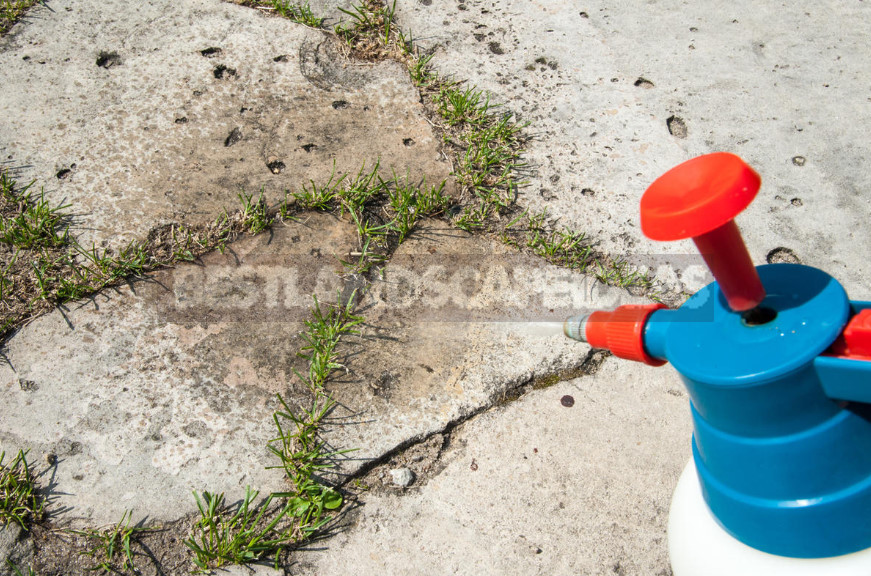
Always pay attention to the instructions for the drugs: they contain information about the multiplicity of treatments and concentration, which may vary depending on the object of exposure. Annual weeds are usually destroyed by lower concentrations, but perennial due to the supply of nutrients in the underground organs are more resistant. In some cases, gardeners have empirically established that to remove the worst weeds is more effective to use undiluted drug.

The palm for resistance to herbicides belongs to the same Heracleum sosnowskyi. The ability to destroy this plant is an indicator of the “quality and strength” of the drug from the point of view of gardeners who have to fight it. This is the main criterion when choosing a herbicide is the ability of the drug to cope with Heracleum sosnowskyi. That is, if he “in the teeth” is a malicious weed, then the rest do not have a chance.
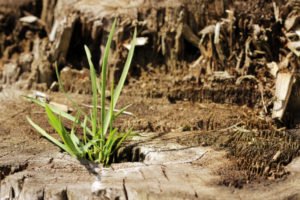
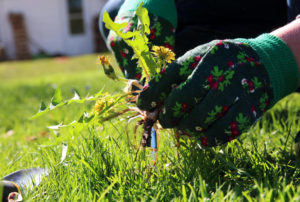
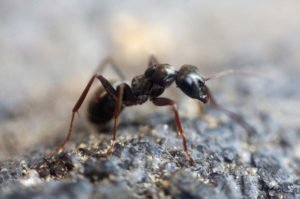

Leave a Reply